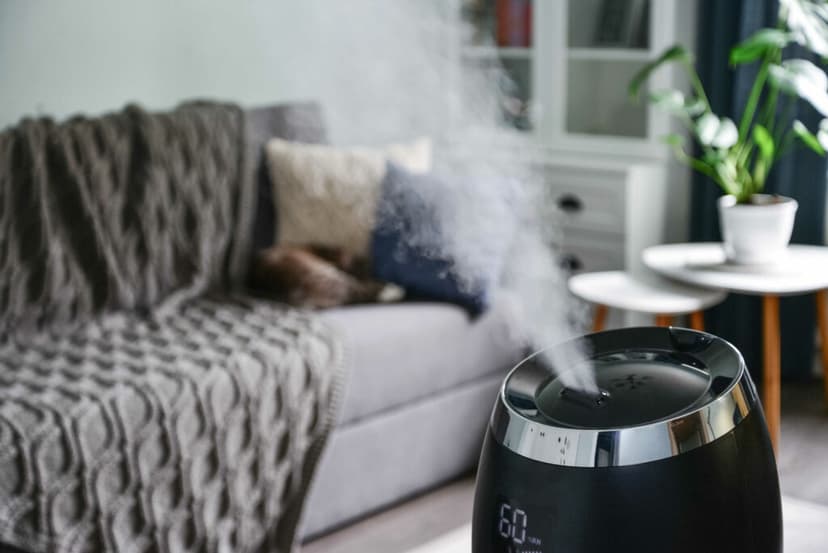How to Neutralize Unpleasant Odors in Residential And Commercial Buildings
Vacation Rental Cleaning

To eliminate odors in your client’s living or workspace, there are many different products you can use. These cleaning and sanitization products are typically heavily scented to ensure unpleasant odors are masked.
That said, the ingredients found in disinfectants, cleaners, and air fresheners may cause different health issues to your clients who may be sensitive to the harsh chemicals and fragrances.
The absorption of the chemicals into the body is possible through inhaling, swallowing, and through the skin. Those exposed to unsafe ingredients may suffer from lung irritation, headaches, and allergic skin reactions such as dermatitis. In the long term, exposure to harmful ingredients may even trigger cancer or reproductive issues.
As a result, avoid using products with strong fragrances. Even cleaning products labeled as “organic,” “natural,” or “green” can be hazardous to you and your clients.
Always check the manufacturer’s Safety Data Sheet before using a cleaning product to know what ingredients it contains. Only use products that are third-party certified to contain little or no fragrances.
This type of odor in a residential or commercial building is associated with high levels of humidity or water damage. The musty smell is triggered by a mold attack, occurring mainly in places that are dark, damp, and warm.
Symptoms of mold exposure include skin irritation, wheezing, runny nose, and itchy eyes. Additionally, a client’s sensitivity to mold may trigger asthmatic symptoms, including tightness of the chest.
To eliminate mold and musty odors, affected areas must be thoroughly cleaned and the mold discarded.
If the odor emanates from the carpet, first solve the humidity problem by using a humidifier.

To sanitize the carpet, wash it with a cup of white vinegar and two cups of warm water. Then, apply baking soda to the carpet and wait a couple of hours for it to settle. If odor removal is not successful, repeat the process. Remember to do a patch test to protect a delicate carpet from damage.
Removal of tobacco residue and smell is difficult. Thus, it should be left to an expert.
Cigarettes produce substances notorious for sticking to the surfaces of commercial and residential buildings. The unpleasant odor often penetrates materials that can absorb it, such as carpets, clothes, and upholstery. Additionally, air conditioning units can transfer the tobacco smoke odor throughout a building.
There are also a few helpful things you can do for short-term tobacco smoke removal. For example, you can recommend your clients place orange peels, pineapple slices, or activated charcoal in bowls around the building. They can also use indoor plants, known for absorbing more than 85% of indoor chemicals.
Pet urine or skunk odor is common in homes and can be really upsetting to inhabitants and visitors.

To eliminate general pet odors, pets should be regularly bathed and groomed, and items used by pets, such as food containers, should be routinely cleaned. It can also be helpful for your client’s to use a properly-maintained air filtration system and to clean carpets and furniture regularly.
According to the Environmental Protection Agency (EPA), you can enhance the indoor air quality of a residential or commercial building by limiting the use of products and practices yielding unpleasant odors. This is an excellent solution, especially if your clients are scent-sensitive.
If you have tried eliminating unpleasant odors unsuccessfully, your client may need to call a specialist. Odor remediation experts have the prerequisite training, experience, and tools required to neutralize different causes of odor.